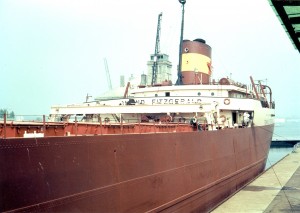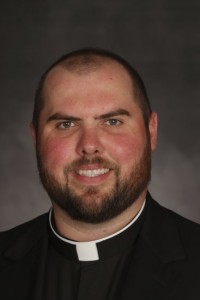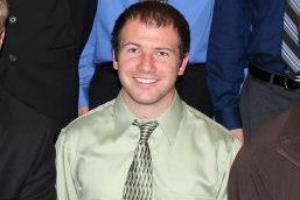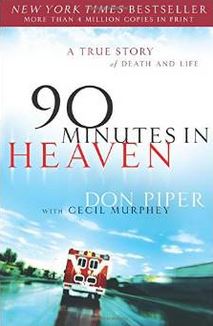Does anyone know where the love of God goes
When the waves turn the minutes to hours…
–Gordon Lightfoot, “The Wreck of the Edmund Fitzgerald”
It was circa July 1973, and my husband and I—young, free-wheeling and in love, with more dreams than experience—embarked on a driving trip through upper Michigan. We’d never been much farther north than Lansing at that point. We pitched a tent along the way, getting to know Grayling and Mio, the Au Sable River and the Traverse City wine country, finally turning back when we reached Lake of the Clouds in Michigan’s Porcupine Mountains.
Along the way, we stopped at Sault Ste. Marie, on the St. Mary’s River. Originally called “Sault du Gastogne” by early French fur traders, Sault Ste. Marie was renamed by Jesuit missionary Pere Jacques Marquette in 1633, to honor the Virgin Mary.
 The St. Mary’s River is the only water connection between Lake Superior and the Great Lakes; but there is a section of the river known as the St. Mary’s Rapids, where the water falls about 21 feet from the level of Lake Superior to the level of the lower lakes. With ingenuity and persistence, the settlers built a series of locks, called the “Soo Locks,” to bypass the dangerous waters of the river—and in 1855, the steamer Illinois passed through the locks in less than an hour. The four locks in use today permit shipping through the Great Lakes into the waters of Lake Michigan, connecting the American Midwest to the Atlantic Ocean.
The St. Mary’s River is the only water connection between Lake Superior and the Great Lakes; but there is a section of the river known as the St. Mary’s Rapids, where the water falls about 21 feet from the level of Lake Superior to the level of the lower lakes. With ingenuity and persistence, the settlers built a series of locks, called the “Soo Locks,” to bypass the dangerous waters of the river—and in 1855, the steamer Illinois passed through the locks in less than an hour. The four locks in use today permit shipping through the Great Lakes into the waters of Lake Michigan, connecting the American Midwest to the Atlantic Ocean.
Standing there at the Locks in 1973, Jerry and I watched as a freighter passed through the locks, the ship’s crew “manning the rails,” a tradition which showed that they had no evil intent. We snapped 35 mm photos which were later developed into slides.
Only years later did we review the 35mm slides we took and realize that the ship we’d seen that day was the mighty and legendary Edmund Fitzgerald, destined for immortality as a “ghost ship.”
On November 10, 1975, just two years after we captured the ship and its crew on film, the Edmund Fitzgerald—en route from Wisconsin to Detroit’s Zug Island—sank in the waters of Lake Superior during a storm. The ship broke in two, its crew of 29 were lost, and Gordon Lightfoot wrote his ode to the ship and its brave crew. Today, 39 years after the loss, Old Mariner’s Church in Detroit still sounds its bells 29 times each day in honor of the sailors who lost their lives in this most famous of Michigan’s many shipwrecks.
Looking at the photographs today, I remember that these men—most in their 40s or 50s, and some as young as 21—were not planning to die that day. They left loving wives, children, parents, and friends, drawn to the depths of the sea and the arms of their Creator.
Eternal rest grant unto them, O Lord.
THE WRECK OF THE EDMUND FITZGERALD
by Gordon Lightfoot











